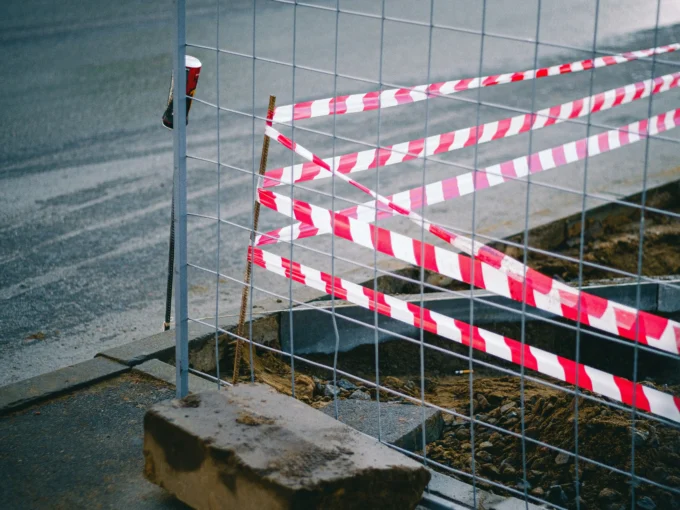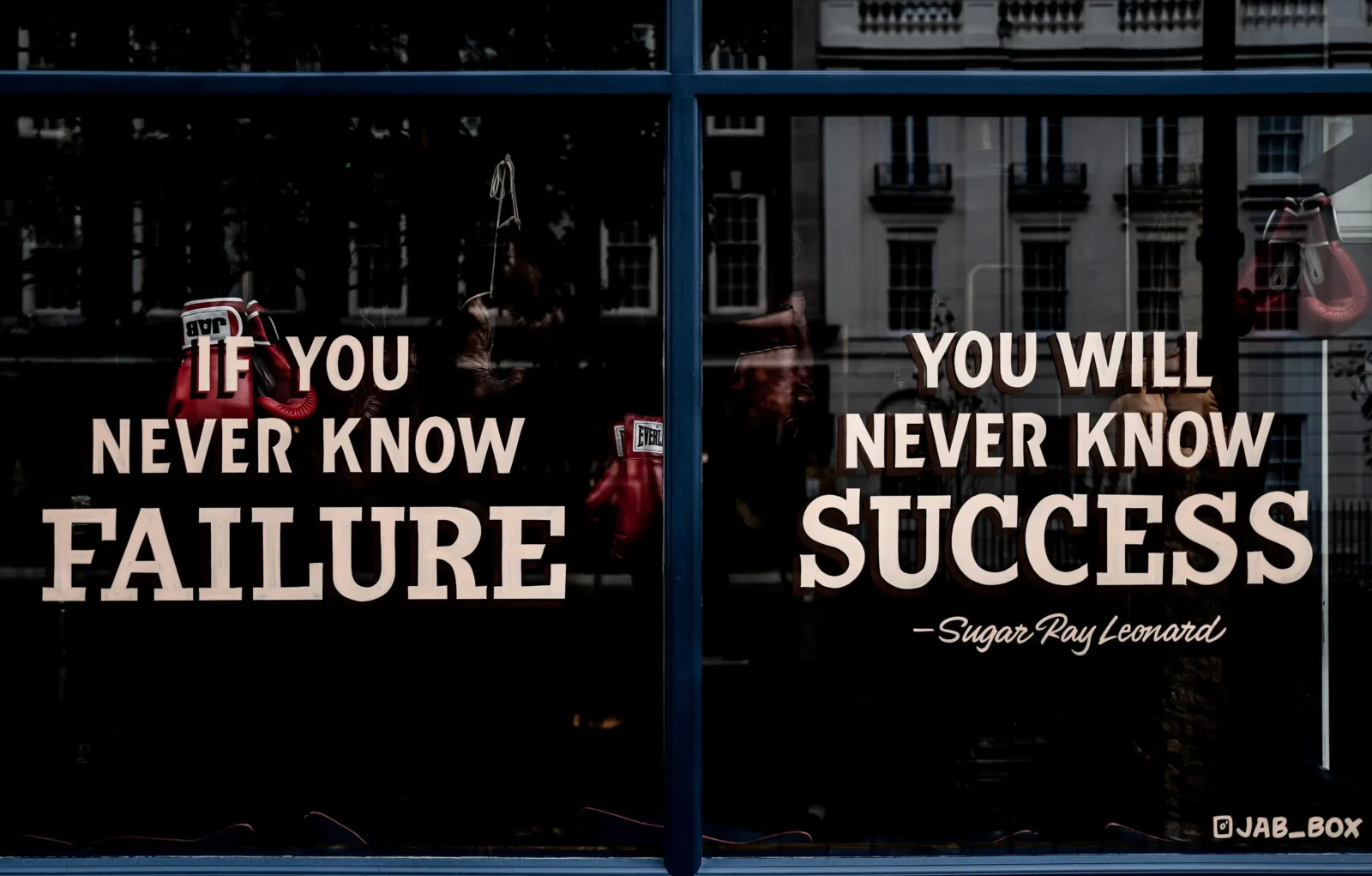- Home
- Articles
- Architectural Portfolio
- Architectral Presentation
- Inspirational Stories
- Architecture News
- Visualization
- BIM Industry
- Facade Design
- Parametric Design
- Career
- Landscape Architecture
- Construction
- Artificial Intelligence
- Sketching
- Design Softwares
- Diagrams
- Writing
- Architectural Tips
- Sustainability
- Courses
- Concept
- Technology
- History & Heritage
- Future of Architecture
- Guides & How-To
- Art & Culture
- Projects
- Interior Design
- Competitions
- Jobs
- Store
- Tools
- More
- Home
- Articles
- Architectural Portfolio
- Architectral Presentation
- Inspirational Stories
- Architecture News
- Visualization
- BIM Industry
- Facade Design
- Parametric Design
- Career
- Landscape Architecture
- Construction
- Artificial Intelligence
- Sketching
- Design Softwares
- Diagrams
- Writing
- Architectural Tips
- Sustainability
- Courses
- Concept
- Technology
- History & Heritage
- Future of Architecture
- Guides & How-To
- Art & Culture
- Projects
- Interior Design
- Competitions
- Jobs
- Store
- Tools
- More
Common Injuries on Construction Sites and How to Prevent Them

Construction sites are inherently hazardous environments, with workers routinely exposed to heavy machinery, elevated workspaces, power tools, and unpredictable weather conditions. While modern regulations and safety protocols have significantly reduced the number of incidents over the years, construction still ranks as one of the most dangerous professions globally.
Understanding the most common injuries on construction sites, and more importantly, how to prevent them, is crucial for business owners, site managers, and workers alike. A proactive approach to workplace safety protects employees and helps avoid costly project delays, legal liabilities, and reputational damage.
Table of Contents
ToggleWhen Legal Help Becomes Necessary
Even with best practices in place, accidents can and do happen. Workers injured on-site often face mounting medical bills, lost income, and prolonged recovery periods. That’s why it’s important to know where to turn if prevention falls short. If negligence, equipment malfunction, or ignored safety standards are involved, injured workers should research Matt Trapani – Injury Attorney and similar professionals who specialize in workplace and construction-related claims. Legal guidance can help navigate workers’ compensation, lawsuits, and insurance settlements, ensuring proper recovery and accountability.

Falls From Heights
Falls are consistently among the leading causes of serious injuries and fatalities on construction sites. Workers performing tasks on ladders, scaffolding, rooftops, or elevated platforms are at risk if fall protection systems are inadequate or improperly used.
To reduce fall-related injuries, sites must implement guardrails, harnesses, safety nets, and secure anchor points. Workers should be trained to recognize unstable surfaces and always wear appropriate fall protection gear. Regular equipment inspections and strict adherence to OSHA fall protection standards are critical to prevention.
Struck-By Object Incidents
Being struck by falling, swinging, or flying objects is another common hazard. These accidents typically occur in areas with overhead construction, crane use, or active tool zones.
To mitigate risk, enforce hard hat use at all times and secure tools and materials at height. Designated drop zones, netting, and warning signage can further minimize the risk of injuries from falling objects. Communication between teams, crane operators, and ground personnel must be clear and consistent to avoid accidents.
Electrocution and Electrical Burns
Live wires, exposed circuits, and faulty electrical tools create real dangers for construction workers. Electrocution can result in burns, heart arrhythmias, nerve damage, or death.

Preventing these injuries starts with isolating power sources and using lockout/tagout procedures during repairs or installations. Workers should be trained to identify live circuits, avoid wet conditions when working with electricity, and use insulated gloves or tools when necessary. Licensed electricians should always handle complex wiring systems.
Slips, Trips, and Falls on the Same Level
While falls from height draw more attention, slips and trips at ground level are incredibly common and often overlooked. Cords, uneven surfaces, spilled liquids, or loose debris can lead to twisted ankles, fractures, or head injuries.
Maintaining clean, clutter-free work areas is key. Use slip-resistant mats in high-traffic zones, ensure adequate lighting, and mark hazardous areas with visible signage. Routine site inspections can catch these dangers before they cause harm.
Caught-In/Between Hazards
Caught-in or caught-between injuries happen when a worker is compressed between two objects or caught in machinery. Trench collapses, unguarded tools, and moving equipment all present serious risks.

All machinery should have appropriate guarding, and only trained personnel should operate it. Workers in trenches or excavation zones must follow protective system guidelines, such as sloping, shoring, or shielding. Keeping a safe distance from moving vehicles or equipment and staying aware of one’s surroundings can prevent many of these incidents.
Repetitive Stress and Overexertion
Construction work is inherently physical, often requiring workers to perform the same motions for extended periods, such as lifting heavy objects, bending, reaching overhead, or using handheld tools like jackhammers and drills. These repetitive movements can lead to musculoskeletal disorders (MSDs), such as tendinitis, carpal tunnel syndrome, and chronic back pain. What starts as minor discomfort can escalate into serious, long-term injuries that affect a worker’s ability to continue in their role.
Overexertion is another leading cause of injury in the construction industry. This commonly occurs when workers lift, push, or carry materials that exceed their strength limits without assistance or proper form. Trying to “tough it out” often backfires, leading to torn ligaments, hernias, or spinal injuries. These injuries may not be immediately apparent, but repeated strain builds up until one wrong move causes a significant setback.
Construction sites are high-energy, high-stakes environments. Each worker plays a vital role in maintaining safety, from management down to first-day laborers. A successful safety culture is built on communication, consistent training, proper equipment, and attention to detail.
Knowing the common types of injuries is the first step toward preventing them. By promoting a proactive approach to hazard recognition and injury prevention, and seeking legal support when necessary, construction professionals can protect themselves, their teams, and their projects from unnecessary harm.
illustrarch is your daily dose of architecture. Leading community designed for all lovers of illustration and #drawing.
Submit your architectural projects
Follow these steps for submission your project. Submission FormLatest Posts
Management Best Practices for Business Facilities
The places where a business operates are more than just buildings; they...
Top 10 Examples of Innovative Kinetic Architecture
Kinetic architecture introduces movement and adaptability into the built environment through rotating...
What Are the Benefits of Regular Gutter Cleaning?
After a hard rain, water can spill over a gutter corner and...
How to Buy Your Dream Home for Beginners
Buying your first home can be exciting but also overwhelming. It’s a...












Leave a comment